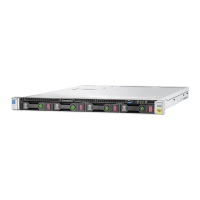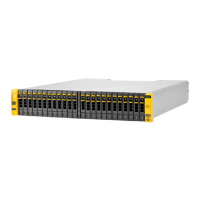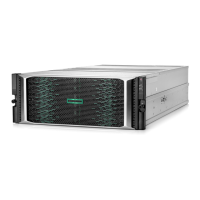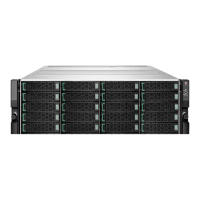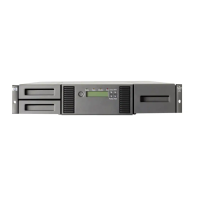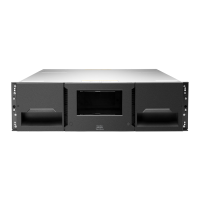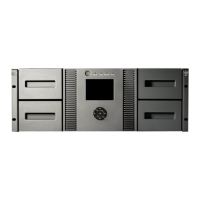• Do not leave cartridges in excessively dry or humid conditions.
• Do not leave cartridges in direct sunlight or in places where magnetic fields are present (for example,
under telephones, next to monitors or near transformers).
• Do not drop cartridges or handle them roughly.
• Stick labels onto the label area only.
LTO Cartridge Memory
Linear Tape Open—Cartridge Memory (LTO-CM) is an EEPROM that is embedded in every LTO Ultrium
tape cartridge. It is nonvolatile and is contactless in that it is read by inductive coupling rather than
electrical contact.
The Cartridge Memory is used to store the tape directory and diagnostic and log information. Because of
the speed at which the tape is read, load and unload times are reduced. Information is found on the tape
more quicker and fewer tape passes are needed, increasing tape reliability.
The memory is primarily designed to speed up internal operations in the drive, but it also contains free
space that can be used by application software. The memory may be used to store "common" information
(shared by all software vendors) and "vendor-unique" information (specific to the application).
Hosts can use this free space using the SCSI Write Attribute and Read Attribute commands. For
information on these commands, see StoreEver LTO-8 Ultrium Tape Drives Technical Reference Manual
Volume 3: Host Interface Guide.
To support CM fully, software vendors should ensure that their company names are registered with
INCITS (International Committee for Information Technology Standards) technical committee T10. The list
of Vendor IDs is displayed at http://www.t10.org/lists/2vid.htm, which also contains details of how to get
a new name assigned.
Cartridge Memory adheres to the Media Auxiliary Memory (MAM) standard. "MAM" indicates that the
access method applies to all types of media, not just LTO Ultrium.
The MAM standard provides for the storage and access of information held as a set of predefined and
user-definable attributes. These attributes are divided into six main sections:
• Media Common Section—hard-coded by the media manufacturer. For example: the manufacturer
name, cartridge serial number, length, media type
• Drive Common Section—updated by the drive every time it accesses the media. For example:
maximum and remaining tape capacity, TapeAlert flags
• Host Common Section—updated by the host's software application. For example: the name of the
software application vendor and the version, media text label, date last written
• Media Vendor Unique Section—optional information written by the media vendor for their own
purposes. Unique to the media vendor.
• Media Vendor Unique Section—optional information written by the media vendor for their own
purposes. Unique to the media vendor.
• Host Vendor Unique Section—space reserved for use by software applications for their own purposes.
Unique to the software vendor. Approximately 1 kilobyte.
For details of use of LTO-CM in library applications, see
Using Cartridge Memory (LTO-CM) in
libraries.
LTO Cartridge Memory 37
